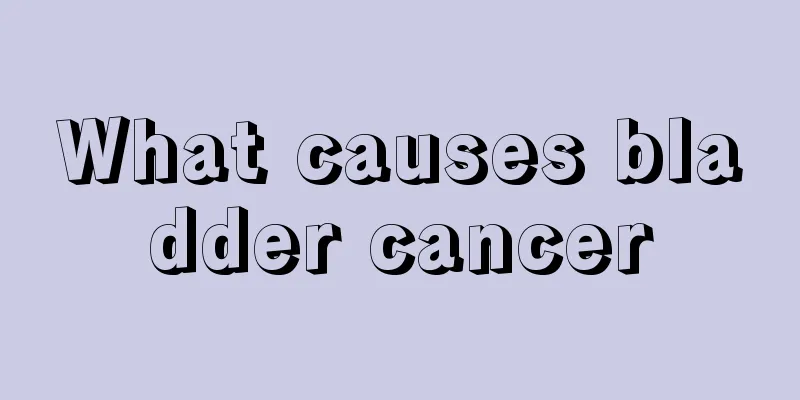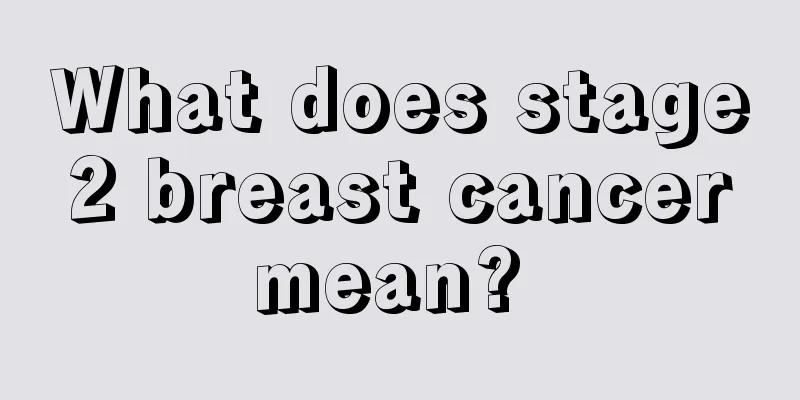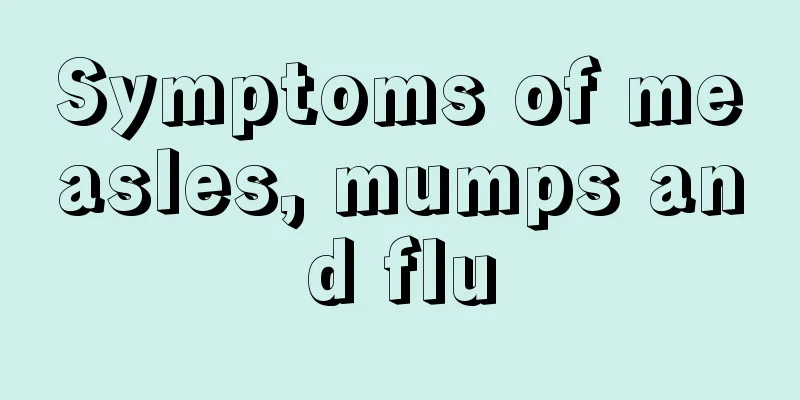What does facial paralysis mean?

|
We always like to joke that a certain star seems to have facial paralysis when acting, which means that this person has poor acting skills and has no expression when acting. In fact, facial paralysis is a disease, and the symptoms of facial paralysis are not just expressionlessness. Patients may have abnormal symptoms such as crooked mouth, which looks a bit scary. Therefore, many people are very worried when they first develop facial paralysis, fearing that they have a serious disease. In fact, after understanding the disease, you will know that it is not that serious. Below, experts will give a brief introduction to the relevant knowledge of facial paralysis. Facial neuritis, commonly known as facial nerve paralysis (i.e. facial nerve paralysis), crooked mouth, and facial nerve paralysis, is a disease characterized by motor dysfunction of the facial expression muscles. It is a common and frequently occurring disease that is not limited by age. The common symptoms are facial paralysis and eye deviation, and patients are often unable to complete even the most basic movements such as raising eyebrows, closing eyes, and puffing out lips. Causes There are many causes of facial neuritis. Clinically, it can be divided into central facial neuritis and peripheral facial neuritis according to the site of damage. The lesions of central facial neuritis are located in the corticobulbar tract between the facial nerve nucleus and the cerebral cortex, and are usually caused by cerebrovascular disease, intracranial tumors, brain trauma, inflammation, etc. Peripheral facial neuritis lesions occur in the facial nerve nucleus and facial nerve. The common causes of peripheral facial neuritis are: ① infectious lesions, mostly caused by the activation of viruses lurking in the sensory ganglia of the facial nerve; ② ear diseases, such as otitis media; ③ autoimmune reactions; ④ tumors; ⑤ neurogenic; ⑥ trauma; ⑦ poisoning, such as alcohol poisoning, long-term exposure to toxic substances; ⑧ metabolic disorders, such as diabetes, vitamin deficiency; ⑨ vascular insufficiency; ⑩ congenital facial nerve nuclear dysplasia. Clinical manifestations The symptoms are often paralysis of the facial expression muscles on the affected side, disappearance of forehead wrinkles, widening of palpebral fissure, flattening of nasolabial groove, and drooping corners of the mouth. When smiling or showing teeth, the drooping corners of the mouth and facial crookedness are more obvious. The affected side cannot frown, knit brows, close eyes, puff out air, or purse lips. When puffing out cheeks and whistling, air leaks out because the lips on the affected side cannot close. When eating, food residues often remain in the buccal space on the affected side, and saliva often flows down from that side. Because the lacrimal points are everted with the lower eyelid, the tears cannot be drained normally and overflow. Most facial paralysis caused by facial neuritis is unilateral, and is more common on the right side. Most patients often suddenly find that one side of the cheek has difficulty moving and the corner of the mouth is crooked when washing their face or rinsing their mouth in the early morning. Some patients may have taste disorders in the front 2/3 of the tongue, hearing hypersensitivity, etc. Peripheral facial neuritis caused by trauma can be divided into two types: early-onset (facial paralysis occurs immediately after injury) and delayed-onset (facial paralysis occurs 5 to 7 days after injury). Based on the early or late occurrence and degree of facial paralysis after injury, electrical excitation and electromyography examinations can be used to evaluate the extent of facial nerve damage and determine the prognosis. |
<<: Will cirrhosis lead to death? What is the cause of the disease?
>>: What are the effective methods to remove flat warts?
Recommend
My boyfriend fucked me a few times but didn't cum
Boyfriends and girlfriends will always have sex a...
What are the symptoms of benign ovarian tumors
In modern medicine, ovarian tumor is one of the m...
What are the examination measures for glioma
Gliomas, also known as neurogliomas, are malignan...
Advantages and disadvantages of interventional treatment for liver cancer
In recent years, liver cancer has become one of t...
Dietary considerations for brain tumor patients after surgery
Brain cancer patients must pay attention to diet ...
Tips for removing scale from a kettle
Kettles may be used to boil water in family life,...
What are the Chinese patent medicines for treating headaches
Headache is one of the common diseases that bothe...
What are the dangers of drinking strong tea?
Drinking tea can keep fit, treat diseases, preven...
What causes onychomycosis? Two common causes
Onychomycosis is actually onychomycosis. The comm...
Why is it easy to feel sleepy in autumn
As the saying goes, spring makes you sleepy, summ...
What are the early symptoms of liver cancer
What are the early symptoms of liver cancer? The ...
What are the hazards of chemicals to the human body?
With the rapid development of the economy, the ch...
What is ablation therapy for liver cancer? Analysis of ablation therapy for liver cancer
At present, the methods for treating liver cancer...
What color is best for the eyes?
Everyone should pay attention to protecting their...
I fell and my knee became swollen and painful. What should I do?
Swollen and painful knees after falling are commo...









